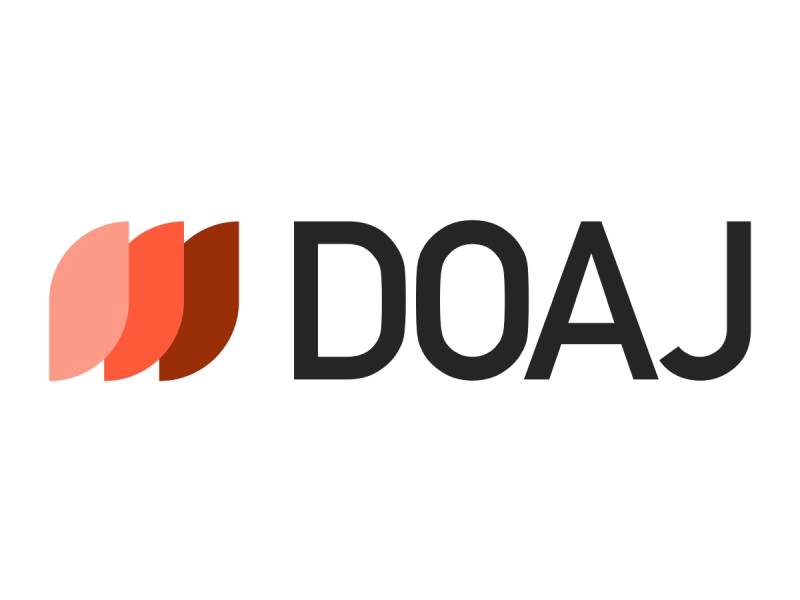Electrochemical rectifying device based on polymer thin films
DOI:
https://doi.org/10.31489/2025ph2/35-46Keywords:
organic electrochemical transistor, electrochemical transistor rectifier, electrochemical transistor diode, asymmetric IV curve, inductive hysteresis, ionic-electronic conductor, P3HT layerAbstract
In this work we study the rectifying behavior of organic electrochemical transistors (OECTs). Despite OECT
devices are symmetric devices they display asymmetrical output IV curves at negative and positive drain bias
sweep. Here, we show that the asymmetry is introduced by the electrical connections with the drain (or
source) potential affecting the distribution of ion density in the channel that tunes the doping/de-doping state
of the channel and consequently modulates its conductivity. This effect is profoundly noticeable on accumulation
mode OECT based on Poly(3-hexylthiophene) (P3HT) channel layer. We demonstrate that accumulation
mode OECT can operate either as a current rectifier with the positive rectification polarity or as a current
rectifier with the negative rectification polarity by simple changing connection of the gate electrode either directly
to the source or to the drain, respectively. The underline mechanism of the current rectification and
hystereses in IV curves of OECT based rectifier are discussed. At the forward Vds sweep, the doping of the
drain region occurs due to the injection of anions driven by positive ΔV. During the forward scan, the channel
begins in a highly conductive state, resulting in higher forward current. In contrast, during the backward scan,
the channel is more resistive, leading to lower current. Besides the capacitive hysteresis caused by ion inertia,
the intrinsic capacitive hysteresis associated with electronic charging/discharging and polarization due to lateral
ion movement also contributes to the observed hysteresis.




